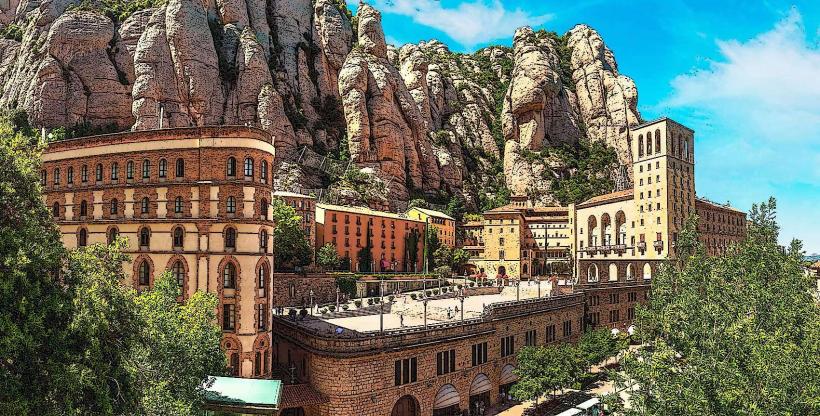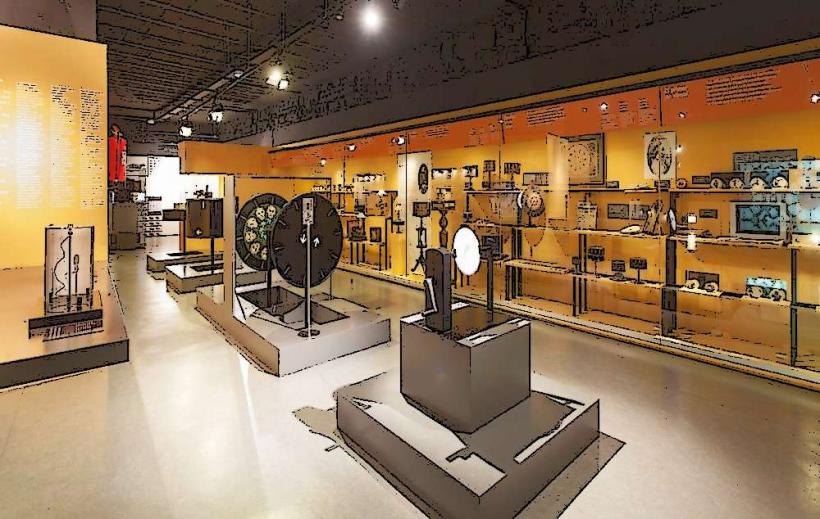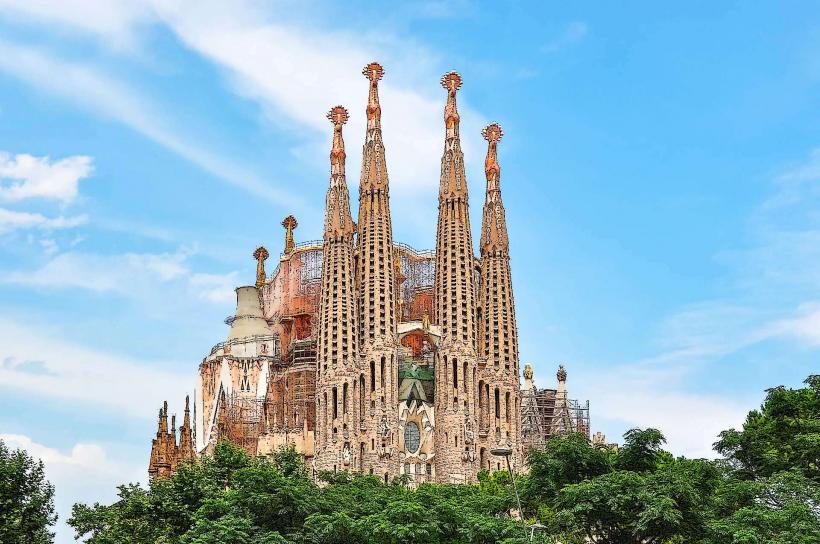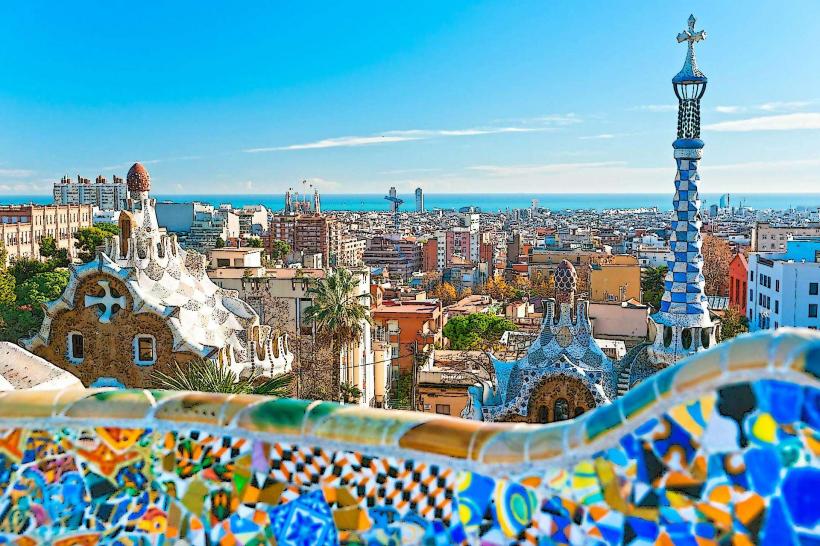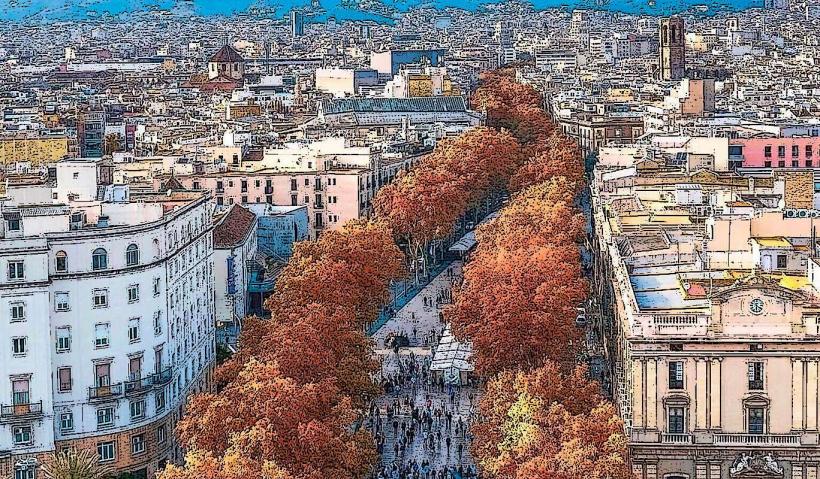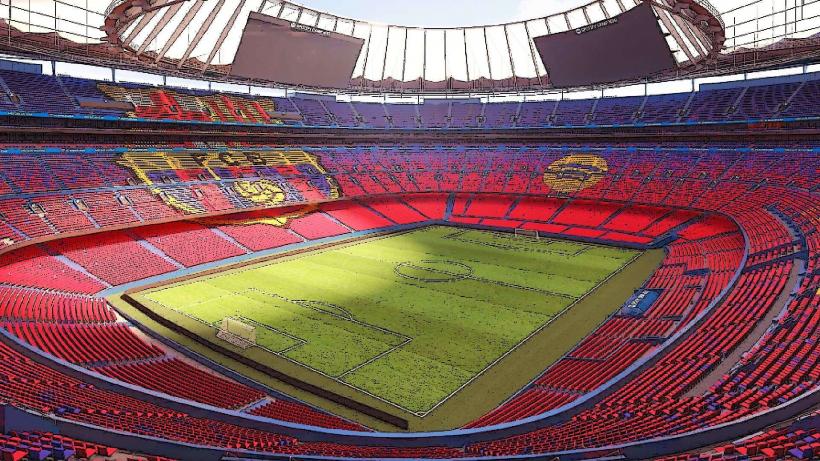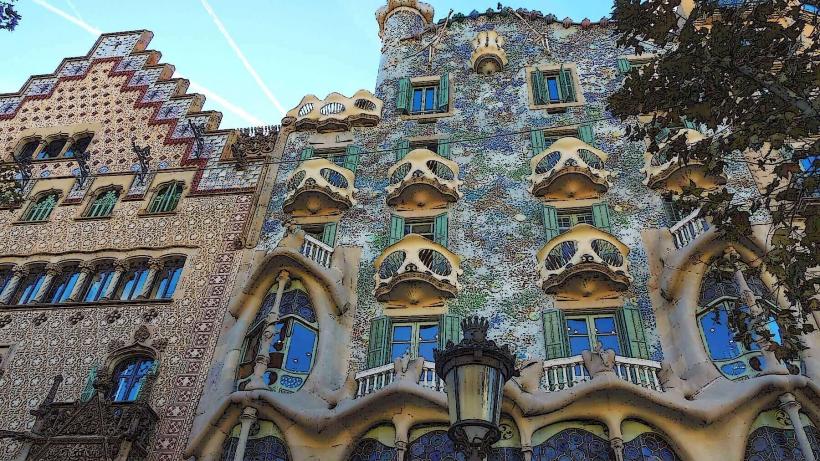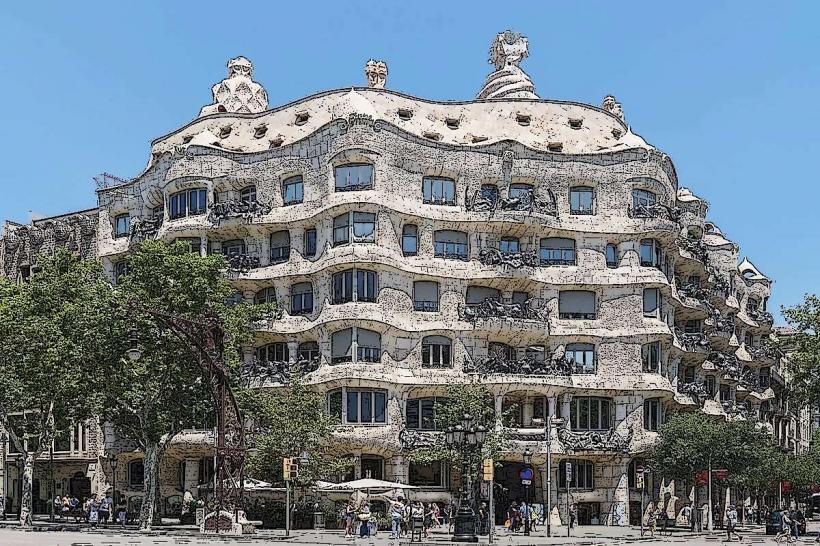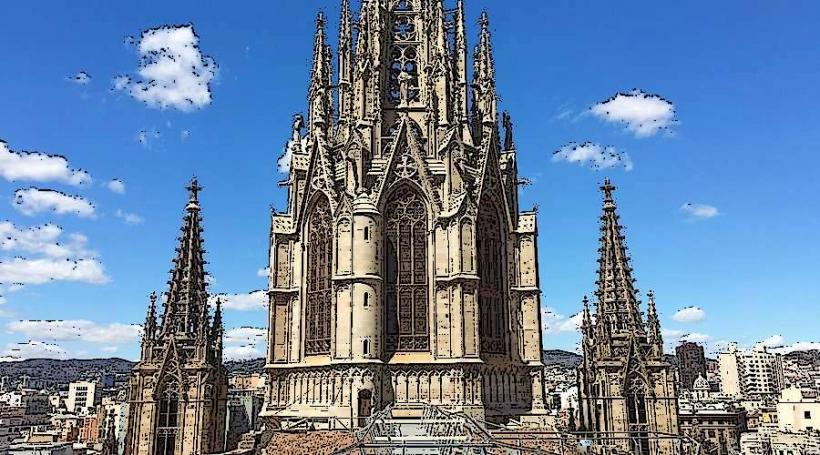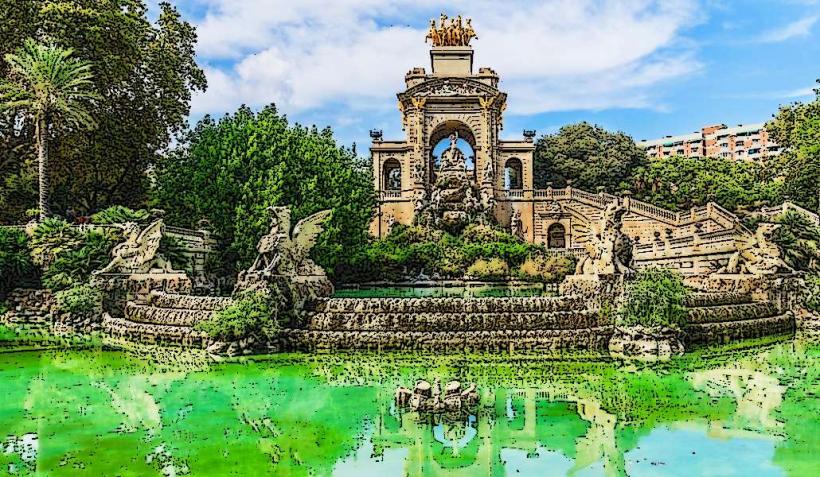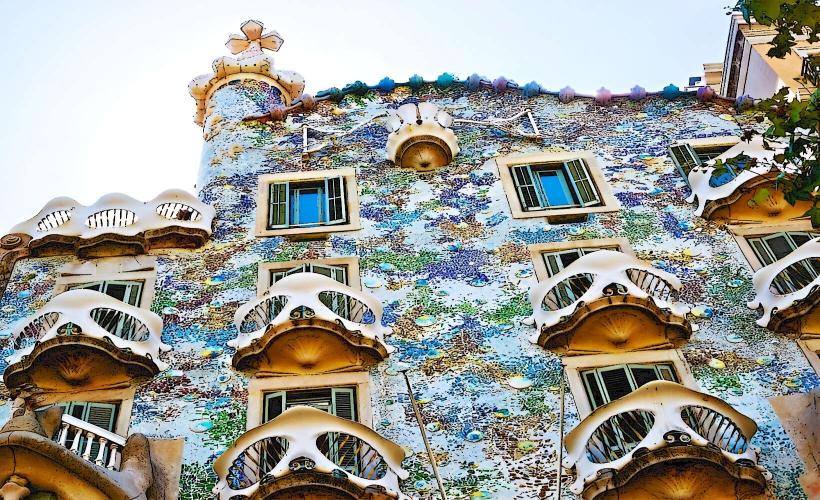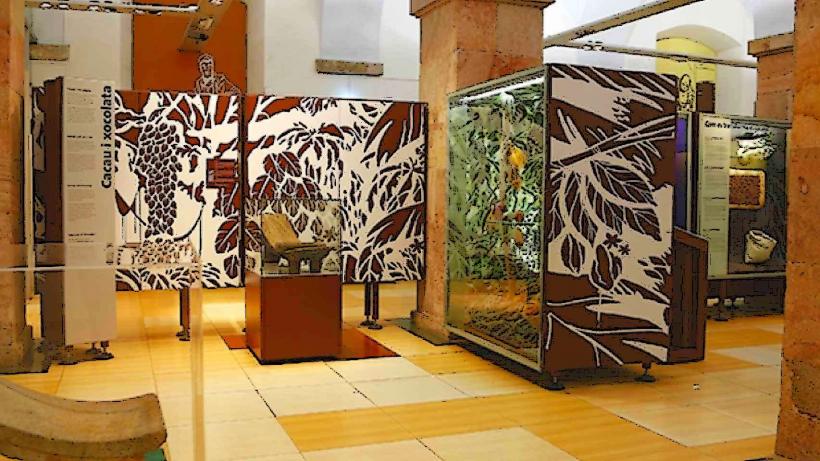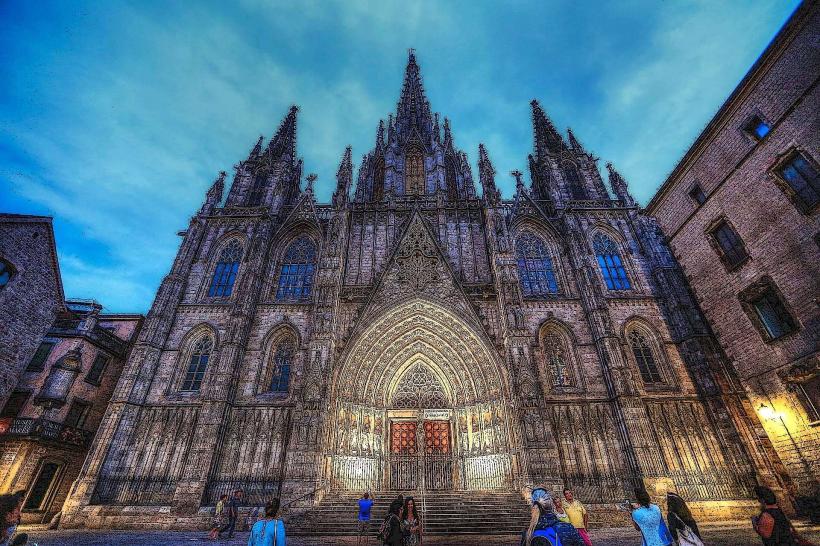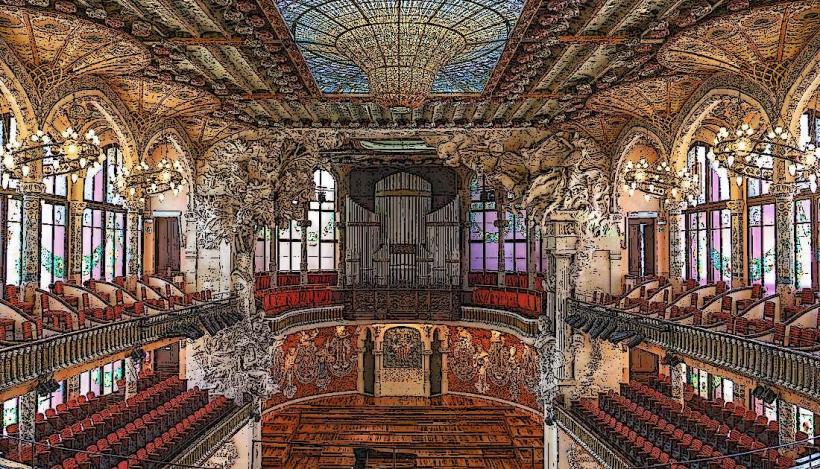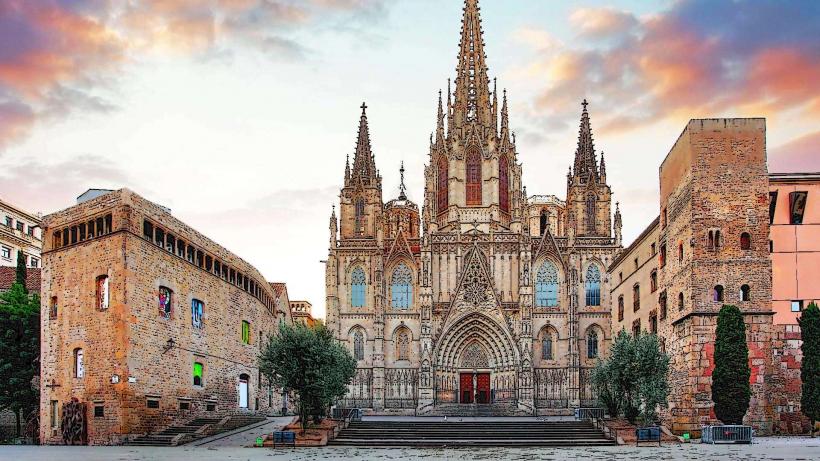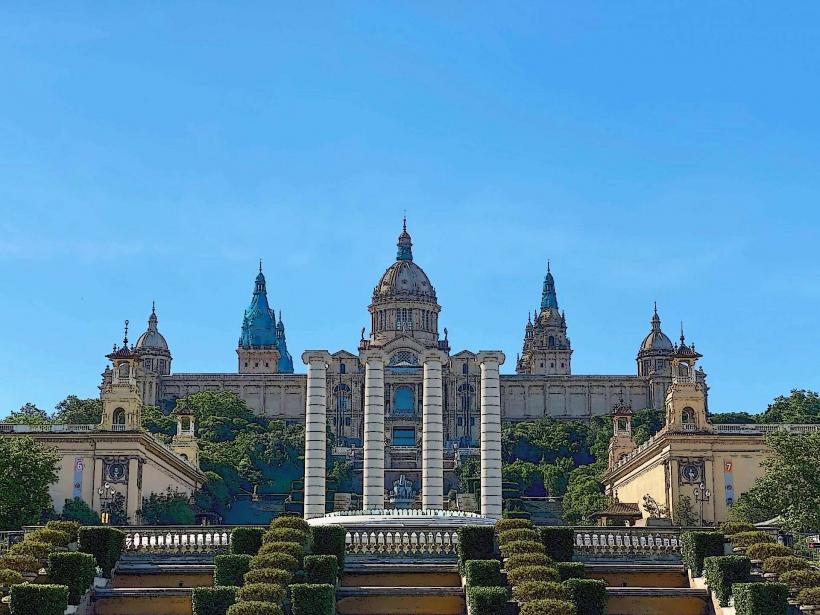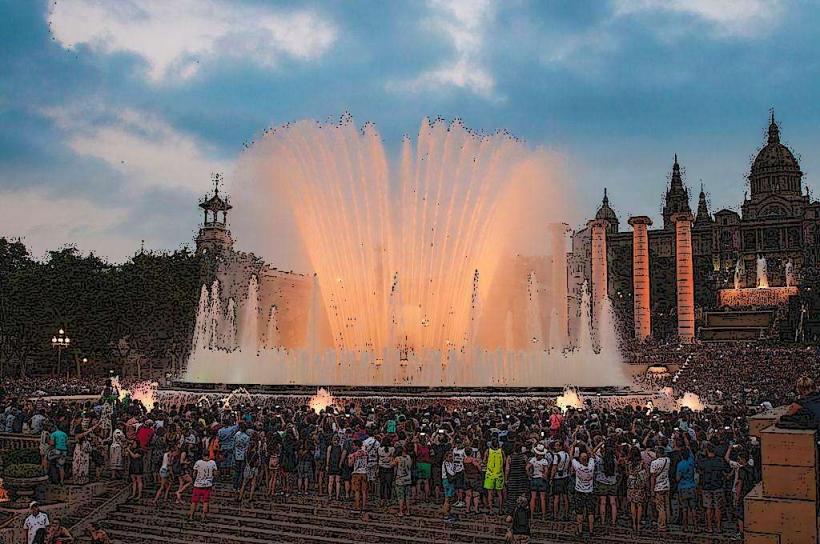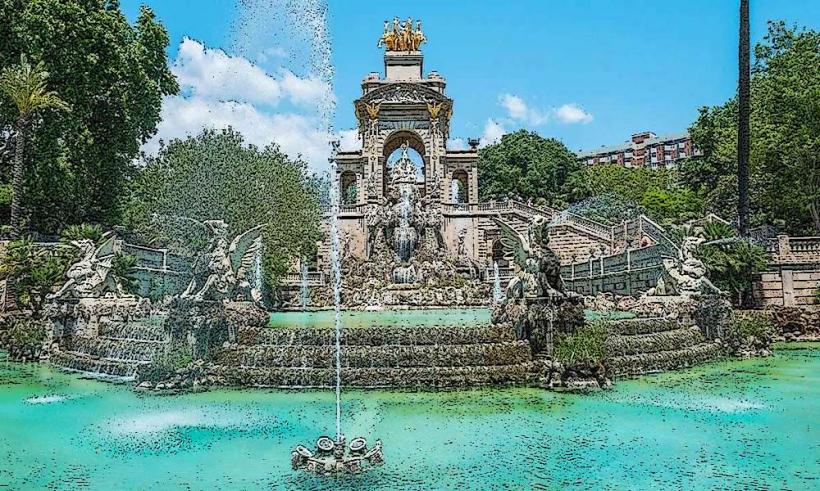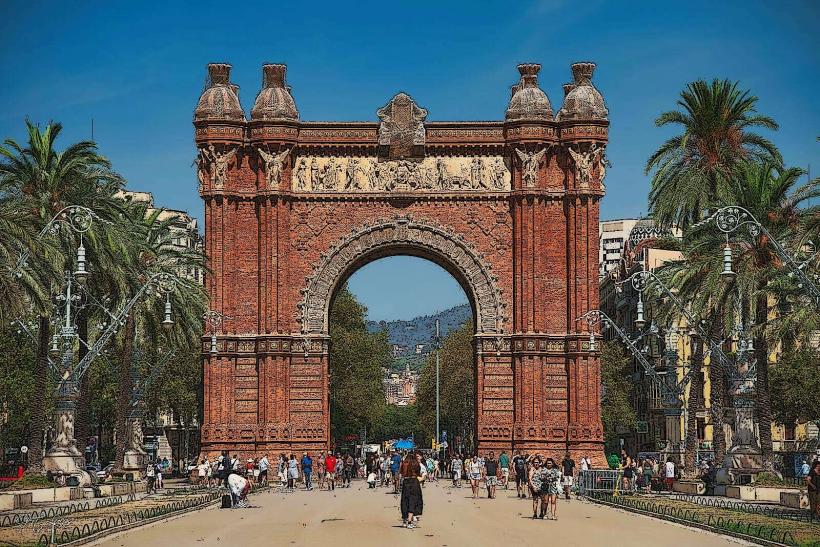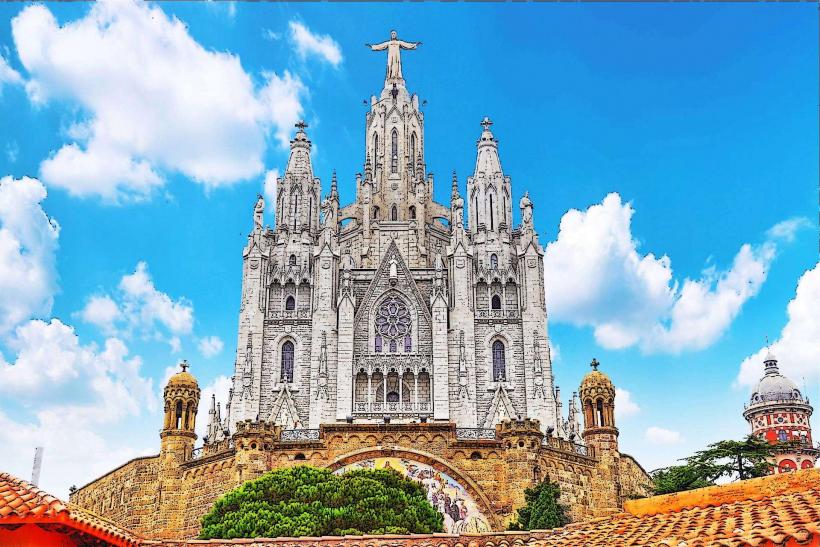Information
Landmark: Museu PicassoCity: Barcelona
Country: Spain
Continent: Europe
The Museu Picasso (Picasso Museum) in Barcelona is one of the most important cultural institutions dedicated to the work of the legendary Spanish artist Pablo Picasso. It is located in the El Born district of Barcelona, housed in several medieval palaces and offering an extensive collection of Picasso's early works, providing insight into his formative years and development as an artist.
Key Features and Facts about the Museu Picasso:
1. Historical Background
- Opening: The museum opened in 1963, and it was largely the result of the initiative of Jaime Sabartés, Picasso's close friend and personal secretary. Sabartés, who was also an art historian, believed that Picasso’s early years in Barcelona were crucial to understanding his artistic evolution.
- Relationship with Barcelona: Picasso spent his youth in Barcelona, where he began his artistic career. He studied at La Llotja School of Fine Arts and later at the Real Academia de Bellas Artes de San Fernando. The museum reflects Picasso’s connection to the city and showcases works from his time there.
2. Architecture and Location
- Location: The museum is situated in El Born, a historic district known for its narrow streets, vibrant atmosphere, and rich medieval architecture. The building consists of five medieval palaces, including the Palau Aguilar, Palau de les Meca, and Casa Mauri, which have been connected and refurbished to house the museum.
- Architectural Style: The museum's design preserves the traditional Gothic style of the original buildings, blending it with modern elements to create a unique space that complements Picasso’s early works.
3. The Collection
The Museu Picasso houses one of the most extensive collections of Picasso’s work, with over 4,000 pieces spanning his entire career, though it is particularly known for its focus on his early years and the formative stages of his career.
- Early Works: The museum’s collection includes paintings, sketches, ceramics, and drawings that highlight Picasso’s early development as an artist. This period is crucial to understanding his later achievements, as it includes his exploration of different styles, techniques, and subject matter.
- Important Early Works: Among the key pieces from Picasso's early years are "Science and Charity" (1897), "The First Communion" (1896), and "The Old Guitarist" (1903), which demonstrate his technical mastery and his shift towards modernism.
- Blue Period: The museum features several notable works from Picasso’s Blue Period (1901-1904), such as "The Tragedy" and "La Vie", which reflect his exploration of poverty, isolation, and human suffering using shades of blue.
- Picasso’s Relationship with Barcelona: Many works in the collection were created when Picasso was living and working in Barcelona, including early portraits, landscapes, and genre scenes. The museum gives insight into how Barcelona shaped Picasso’s development and how his work evolved as he absorbed influences from the city’s vibrant culture.
- Later Works: Although the museum’s focus is on Picasso’s early years, it also includes works from his later periods, such as his involvement with Surrealism and Cubism, as well as his ceramic works and prints.
- Notable Artworks: In addition to the early paintings, the museum houses key works from Picasso’s Guernica series, lithographs, and ceramics, as well as sketches from various projects and his interpretations of works by old masters like Velázquez and Rembrandt.
4. Special Exhibitions and Educational Programs
- Temporary Exhibitions: The museum hosts temporary exhibitions that complement its permanent collection, often focusing on themes related to Picasso’s life and his impact on the world of modern art. These exhibitions explore Picasso's relationships with other artists, movements, and historical events, as well as his influence on contemporary art.
- Workshops and Educational Activities: The museum offers educational programs for all ages, including workshops, guided tours, and conferences. These programs are designed to engage visitors with Picasso’s work and legacy, offering a deeper understanding of his life and artistic contributions.
- Publications and Research: The museum also serves as an important research center for scholars interested in Picasso’s life and work. It has a comprehensive library and archive dedicated to his artistic development, and it publishes scholarly works and exhibition catalogues related to the artist.
5. Visitor Experience
- Guided Tours: Visitors can explore the museum with the help of audio guides or through guided tours, which provide in-depth explanations of Picasso’s life, his works, and the historical context in which they were created. These tours help to contextualize Picasso's evolution as an artist and the themes that recur throughout his work.
- Museum Shop: The museum features a gift shop that sells books, prints, and other Picasso-related memorabilia, allowing visitors to take a piece of the museum experience home with them.
- Café: The museum has a café where visitors can relax and reflect on their experience while enjoying a coffee or a light meal.
6. Picasso's Influence and Legacy
- Impact on Modern Art: Picasso is widely regarded as one of the most influential artists of the 20th century, and the museum provides an overview of his impact on various art movements, including Cubism, Surrealism, and Expressionism.
- Artistic Innovation: Picasso’s ability to constantly innovate and reinvent his style is evident throughout the museum’s collection. His experimentation with form, perspective, and media paved the way for many of the key developments in modern and contemporary art.
- Personal Connections: Picasso’s life in Barcelona is explored through the works housed in the museum, highlighting his relationships with friends, family, and other artists who played a significant role in his early career.
7. Practical Information
- Location: The Museu Picasso is located at Carrer de Montcada, 15-23, 08003 Barcelona, in the heart of the El Born district, near the Palau de la Musica Catalana and Parc de la Ciutadella.
- Opening Hours: The museum is generally open every day, with some variations depending on the season or special events. It is advisable to check the official website for up-to-date information on opening hours and any closures.
- Admission: The museum charges an entry fee, though it offers free admission on certain days of the month, such as the first Sunday of every month and during special events like Museum Night. Discounts are available for students, seniors, and groups.
Conclusion
The Museu Picasso in Barcelona is a must-visit for art lovers, offering a deep dive into the early life and artistic development of Pablo Picasso. Its unique collection of works from his youth and early career provides valuable insights into the artist’s evolution, while its beautiful setting in the historic El Born district adds to the experience. Whether you are a casual visitor or a dedicated art enthusiast, the museum offers a fascinating exploration of one of the most influential artists of the 20th century and the city where he began his artistic journey.

